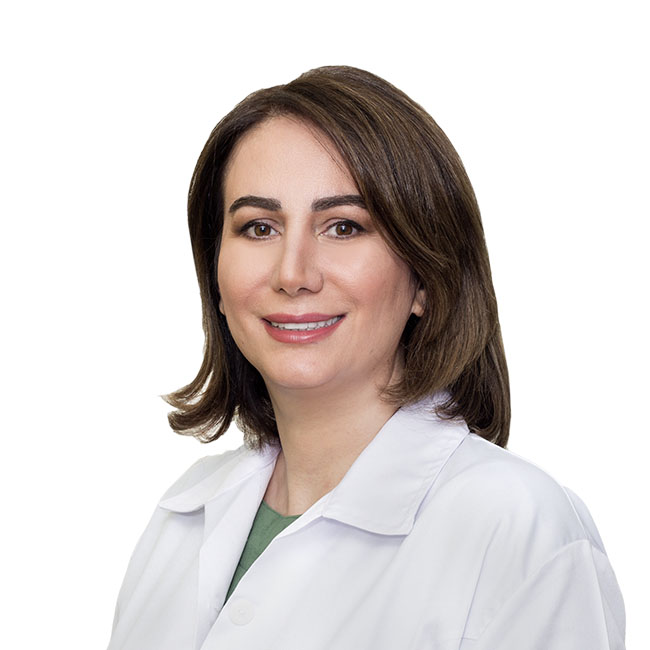Premature Puberty
Premature puberty, also known as precocious puberty, is a medical condition characterized by the early onset of puberty and the accompanying bone growth and growth spurt. Normally, puberty begins in girls between the ages of 8 and 13 and in boys between the ages of 9 and 14. However, in cases of precocious puberty, this natural process starts earlier, leading to the development of secondary sexual characteristics and growth acceleration.
Precocious puberty is diagnosed in girls who display significant signs of puberty before the age of 7 and boys who exhibit these signs before the age of 9. The prevalence of precocious puberty is relatively low, affecting approximately 1 in 5,000 children.
There are two main types of precocious puberty: central precocious puberty and peripheral precocious puberty. Central precocious puberty is more common and involves the early activation of the same hormonal pathways as natural puberty, but occurring at an earlier age. The pituitary gland produces a hormone called gonadotropin, which stimulates the testicles and ovaries to produce sex hormones such as testosterone and estrogen, resulting in the development of secondary sexual characteristics.
Peripheral precocious puberty, also known as false precocious puberty, is a rarer form of the condition. In this type, estrogen and testosterone levels increase prematurely, leading to the symptoms of puberty, but the brain and pituitary gland are not involved. Peripheral precocious puberty is typically caused by disorders in the ovaries, testicles, adrenal glands, or an underactive thyroid gland.
It is essential to distinguish precocious puberty from other conditions with similar symptoms. Premature thelarche refers to early breast enlargement in very young girls, which may be mistaken for precocious puberty but does not require treatment. Similarly, premature pubic hair growth can occur due to early hormone secretion from the adrenal glands and does not necessarily indicate precocious puberty. However, excessive adrenal hormone secretion should be evaluated.
Research suggests that the onset of puberty may be occurring earlier in some countries, including the United States. While the age of menstruation has remained relatively unchanged, the first signs of puberty, such as breast enlargement, are observed approximately one year earlier in teenagers compared to previous generations.
Symptoms of precocious puberty in girls include breast enlargement as the first sign, followed by menstruation usually 2 to 3 years after the initial symptoms. In boys, signs include the growth of testicles, penis, and scrotum, as well as hoarseness, which is typically the last sign of puberty. A growth spurt is another common sign of early puberty in both genders.
The exact causes of central precocious puberty are often unknown, particularly in girls. In some cases, medical problems can trigger the condition, with boys and children under 6 years of age being more susceptible to this cause. Medical problems that may lead to precocious puberty include tumors or abnormal tissue accumulations (often benign), brain damage from surgery or head trauma disrupting hormone balance, and brain inflammation, sometimes due to infection. It is important to note that such medical causes are relatively rare in central precocious puberty cases.
Several factors seem to be associated with precocious puberty but are not necessarily direct causes:
Gender: Girls are approximately ten times more likely to experience central precocious puberty than boys.
Race: On average, African-American girls reach puberty about a year earlier than white girls. Precocious puberty in African-American girls younger than 6 years is considered especially early.
Obesity: Some studies suggest a link between obesity in young girls and an increased risk of precocious puberty, though the exact mechanism remains unclear. The same link is not observed in boys.
Genetics: Genetic mutations leading to the premature release of sex hormones can cause central precocious puberty. In such cases, affected children often have a family history of the disorder.
International adoption: Research indicates that children adopted from abroad are 10 to 20 times more likely to experience precocious puberty. The precise reason for this association is not yet fully understood, but uncertainties surrounding the exact age of adopted children may influence research outcomes.
As a medical professional specializing in premature puberty, it is crucial to accurately diagnose and differentiate between central and peripheral precocious puberty and other conditions with similar symptoms. An early diagnosis allows for timely intervention and appropriate management to ensure the best possible outcomes for affected children and their families. A comprehensive evaluation, including medical history, physical examination, hormone testing, and imaging studies, is essential to determine the underlying cause of precocious puberty and tailor the treatment accordingly.
The management of precocious puberty aims to slow down or halt the premature activation of the hormonal pathways responsible for puberty. Treatment options may include medications that inhibit hormone production or the surgical removal of tumors or abnormal tissue. Ongoing monitoring and support are crucial to assess the progress of treatment and ensure the overall well-being of the affected individual throughout the pubertal process.
As a doctor specializing in premature puberty, my commitment is to provide compassionate and comprehensive care to children and adolescents affected by this condition. By staying informed about the latest research and advancements in the field, I aim to offer the most up-to-date and effective treatments to help my patients navigate the challenges of precocious puberty and achieve the best possible health outcomes.





